Now Reading: Best Places to Visit in Sepahijala – Wildlife, Heritage & Scenic Beauty
-
01
Best Places to Visit in Sepahijala – Wildlife, Heritage & Scenic Beauty
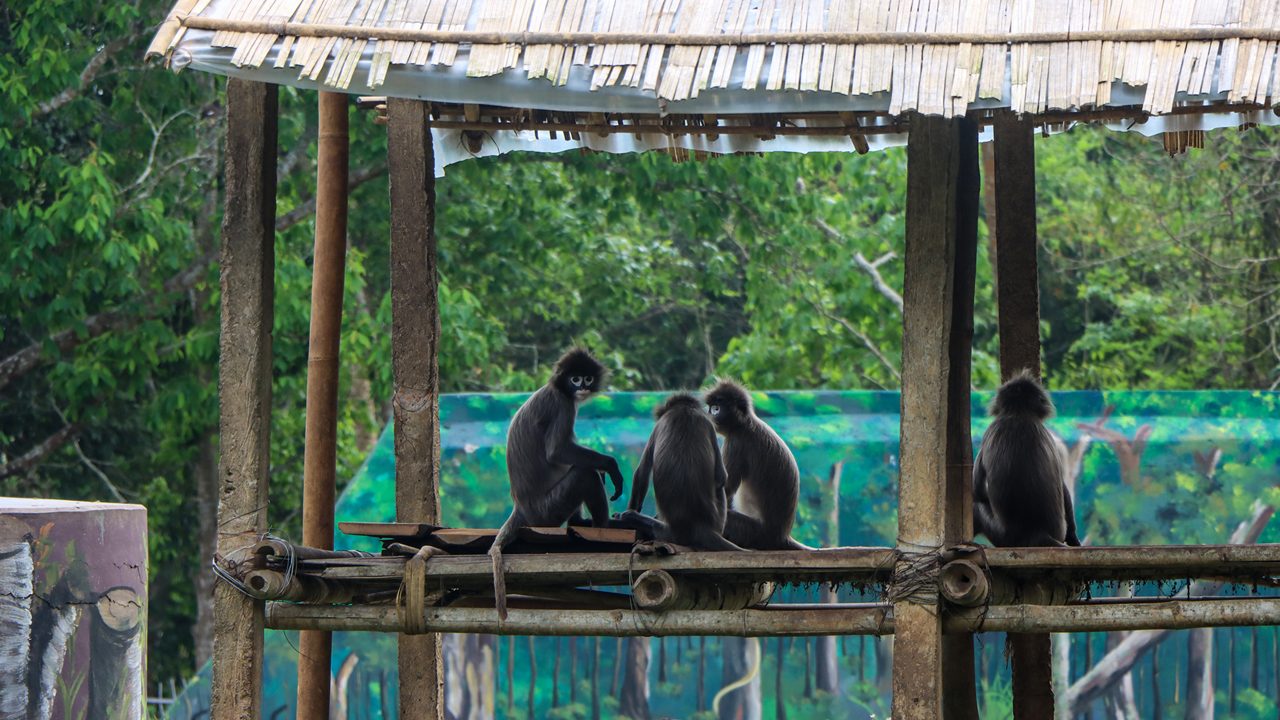
Best Places to Visit in Sepahijala – Wildlife, Heritage & Scenic Beauty
1.Neermahal
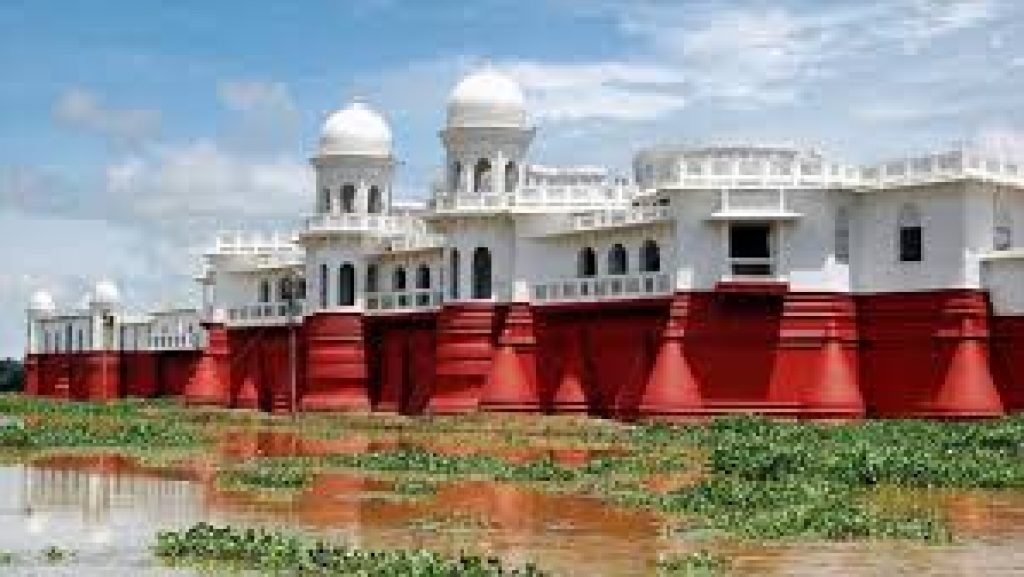
Neermahal (নীরমহল) (Means Water Palace )is an old royal palace located in a former Kingdom of Tripura, India, at the center of lake Rudrasagar constructed by King Bir Bikram Kishore Manikya Bahadur in 1930 and finished by 1938. It is located in Melaghar and is 53 kilometers from the Agartala the capital of Tripura. The palace is located at the centre of Rudrasagar Lake and has been assimilating Hindu and Muslim style of buildings.
The palace is the biggest of such in India and only the one in Eastern India. There are only two water palace in India another one is the Jal Mahal in Rajasthan.
Locally referred to as ‘lake palace’ of Tripura, Neer-Mahal was developed as a summer palace. Maharaja Bir Bikram Manikya Bahadur had the idea of having a palace at the beautiful Rudrasagar lake and in 1921 credited the British company Martin and Burns to build him the palace. The work took the company nine years to carry out. Maharaja Bir Bikram Manikya Bahadur was of ‘Manikya Dynasty’ which is believed to be the second of one chain in the world today.
The palace is the creation of Maharaja’s great taste and his fascinating idea to mix Hindu and Muslim traditions/cultures in one shape.
The palace is divided into two sections. The western part of the palace is called Andar Mahal. It was intended for the royal family. The eastern part was an open air theatre, where drama, theatre, dance etc. were organized for the amusement of Maharajas and their royal families. The palace consists of 24 rooms.
Neer-Mahal has two stairways inside leading down to a landing on Rudrasagar Lake water. Maharajas used to take hand powered boat to the palace from ‘Rajghat’.
2.Sepahijala WildLife Santuary
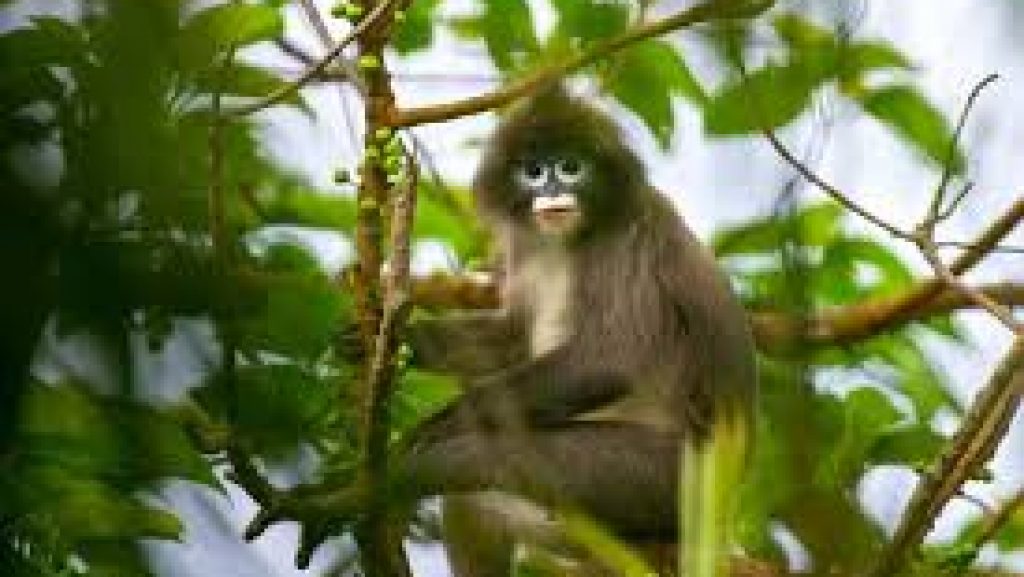
Sepahijala Wildlife Sanctuary is among the top three wildlife sanctuaries in Tripura. With the total area of approximately 18.53 sq km (7.15 sq mi), it is situated at about 25 kilometers (16 mi) from the heart of the centre of Bishalgarh. It has artificial lake, natural botanical garden and magical garden. Its “Clouded Leopard enclosure” is famous. The sanctuary is full with various birds, top class mammal, other animals.
It is surrounded with rich green landscape for the entire year, the weather here is conveyed in two humid summers in March and April without seasonal temperatures. It is a house for numerous kinds of birds. Four species of tactile Fyre langurs (rhesus macaques, pig-tail macaques, scalloped langurs and spectacled langurs) are included in the zoological division of this rare tactile monkey. The crab-eating mongoose (not sighted since the 30s) has also been revived here.
The sanctuary has been developed as a wildlife sanctuary and an academic / research centre as well. Some 150 species of birds are found in the immediate surroundings and migratory birds come during the winter season. The sanctuary was founded in 1972 and based on it are five departments. Wildlife, Zoology , Uncover, Reptiles and Birds .
There is a house in the woods where is the botanical garden, the zoo and the boat house. Near a lake, there is a Dak bungalow named Abasharika, which cries out for a night adventure in the middle of the forest, which is a wonderful thing.
3.Kasba Kali Temple
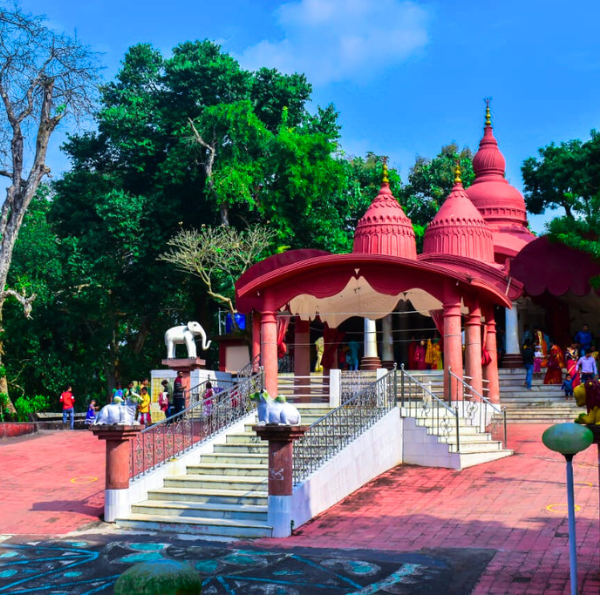
The Kasba Kali Temple is one of Tripura’s most famous grounds for devotion, in a fascinating hillock above Kamalasagar. In the thirteenth century late, Maharaja Dhanya Manikya constructed this temple which both reflects the architectural grace of the period and provides an amazing sight of Bangladesh border right next to which it is situated. The keenly peaceful Kamala Sagar lake in front of the temple only add to the character of the temple, so much so that it has to be visited by pilgrims as well as travelers alike.
Spiritual Serenity with Scenic Beauty
Devoted to Goddess Kali, the temple portrays the goddess in an unusual avatar a Mahishasuramardini pose sitted on a lion. Although its inscribed imagery is rather aggressive, the entire setting is serene and committed. The temple is beyond a place of worship, tripura’s vibrant cultural heritage in its spiritual past.
Why Visit Kasba Kali Temple?
- Spiritual Experience: A holy place for Kali believers and pilgrims.
- Scenic Views: A mountain top temple looking down over a beautiful lake and remote borders.
- Cultural Significance: The landmark that represents the history of the Manikya dynasty.
- Picnic & Photography: Perfect for quiet family outings or quiet one man pilgrimages.
Related articles : Best Places to Visit in North Tripura – Rock Carvings, Hills & Cultural Sites












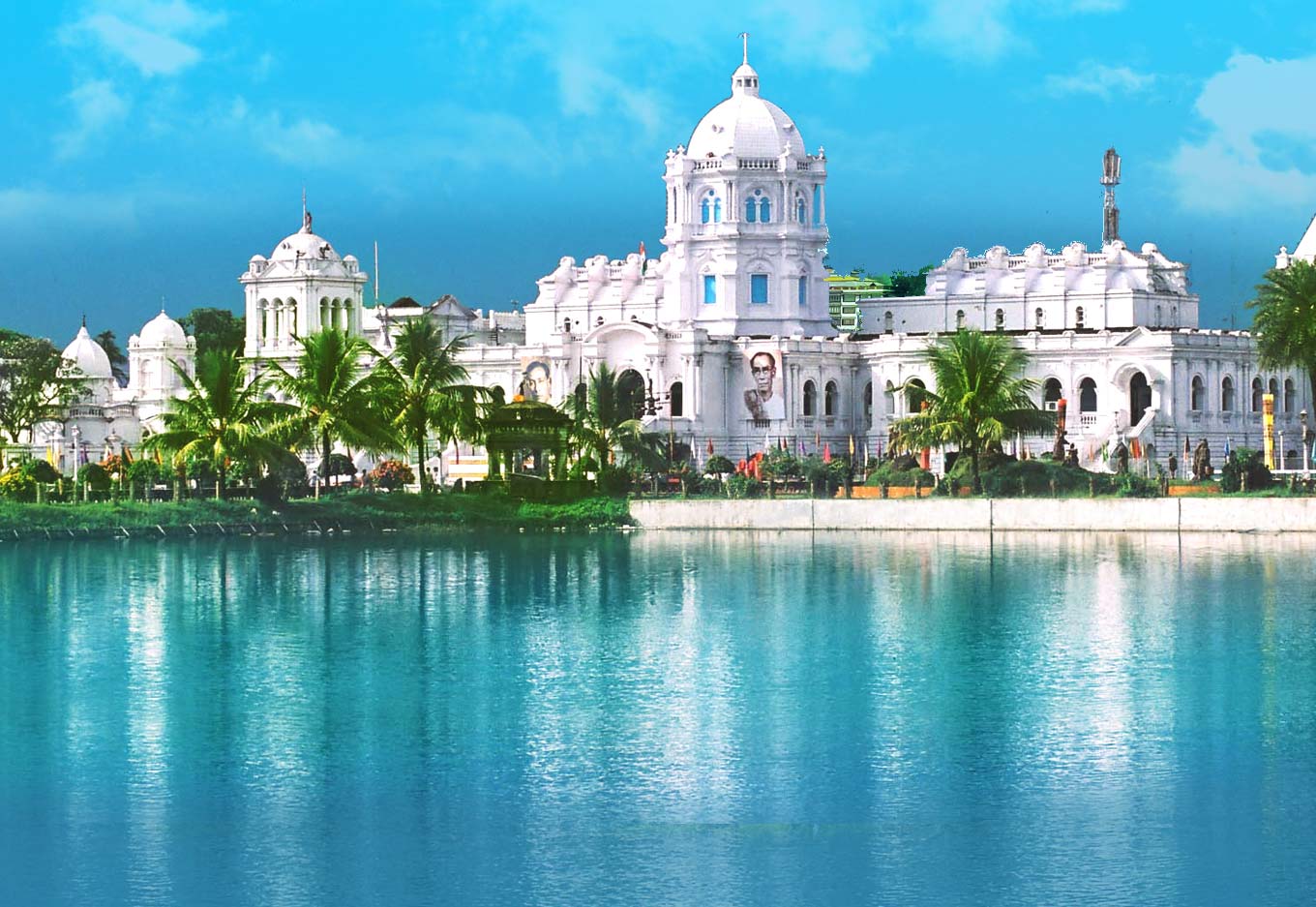
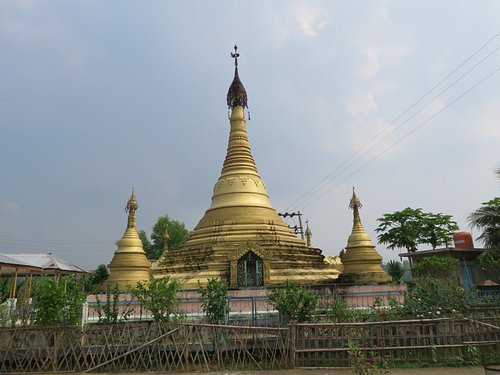
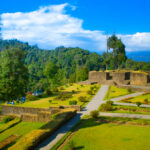
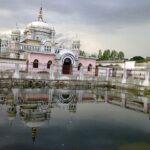
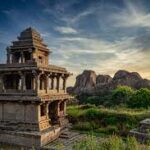
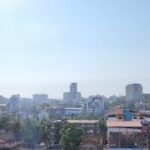
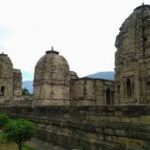

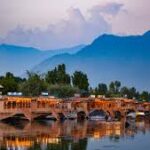
Pingback: Best Places to Visit in South Tripura – Explore Temples, Wildlife & Heritage